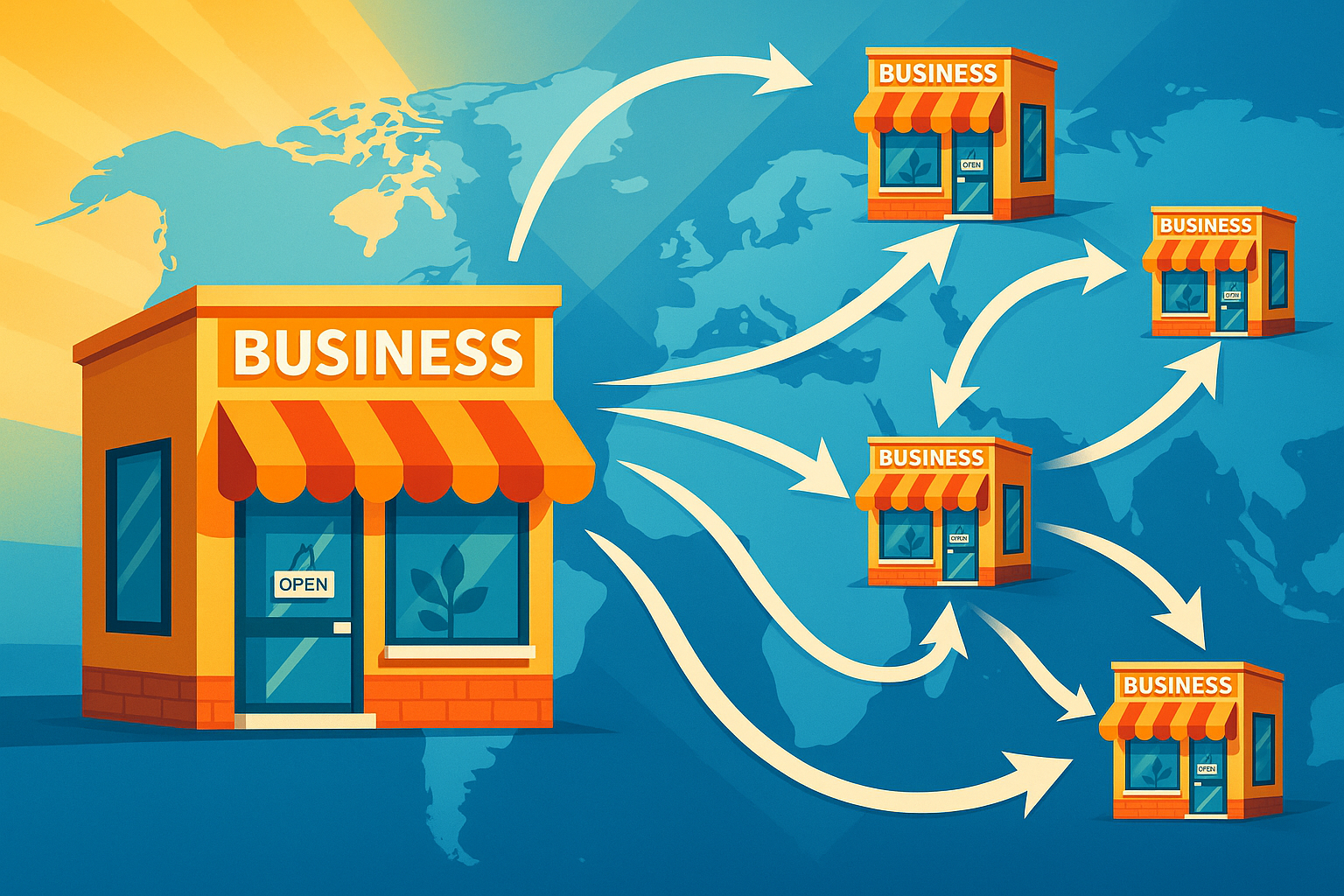News Details
We offer a curated selection of premium properties designed to meet every lifestyle and investment goal. From luxurious estates.
Essential Tips for First-Time Franchise Buyers

Funding a Franchise: Your Options Explained
Published: April 26, 2025 • Reading Time: ~7 min
A great franchise opportunity can be life-changing — but first, you have to pay for it. The good news is, you don’t have to empty your bank account to get started. There are multiple funding paths, each with pros and cons.
Here’s a breakdown:
1. SBA Loans
The Small Business Administration partners with lenders to provide loans with longer terms and lower interest rates. Many franchises are SBA-approved, making it easier to qualify.
Pros: Lower down payment, favorable terms.
Cons: Paperwork-heavy, can take 60–90 days.
2. Conventional Bank Loans
Banks may offer competitive rates if you have excellent credit, collateral, and a solid business plan.
Pros: Familiar process, potentially faster than SBA.
Cons: Stricter requirements, higher down payments.
3. Franchisor Financing
Some franchisors finance part of your franchise fee or equipment, which can make getting started easier.
Pros: Simplifies funding, franchisor has a vested interest in your success.
Cons: May have higher interest rates or stricter terms.
4. Rollover for Business Startups (ROBS)
Use your 401(k) or IRA to fund your business without early withdrawal penalties.
Pros: No debt, no interest.
Cons: Risking your retirement funds.
5. Home Equity Loans or Lines of Credit
Leverage the equity in your home for a lump sum or revolving line of credit.
Pros: Lower interest rates than many loans.
Cons: Your home is collateral.
6. Partner or Investor Capital
Bring in an investor to share the costs (and profits).
Pros: Lower personal financial risk.
Cons: Shared control and profits.
7. Personal Savings
Still the simplest route if you have enough liquid capital.
Pros: No debt, full control.
Cons: Depletes personal reserves.
Bottom line: The right funding option depends on your financial situation, risk tolerance, and long-term goals.
📞 Not sure which funding path is best for you? We help franchise buyers choose the smartest financing strategies for their situation. Contact us here to start the conversation.
Popular Post


%20(2).png)




